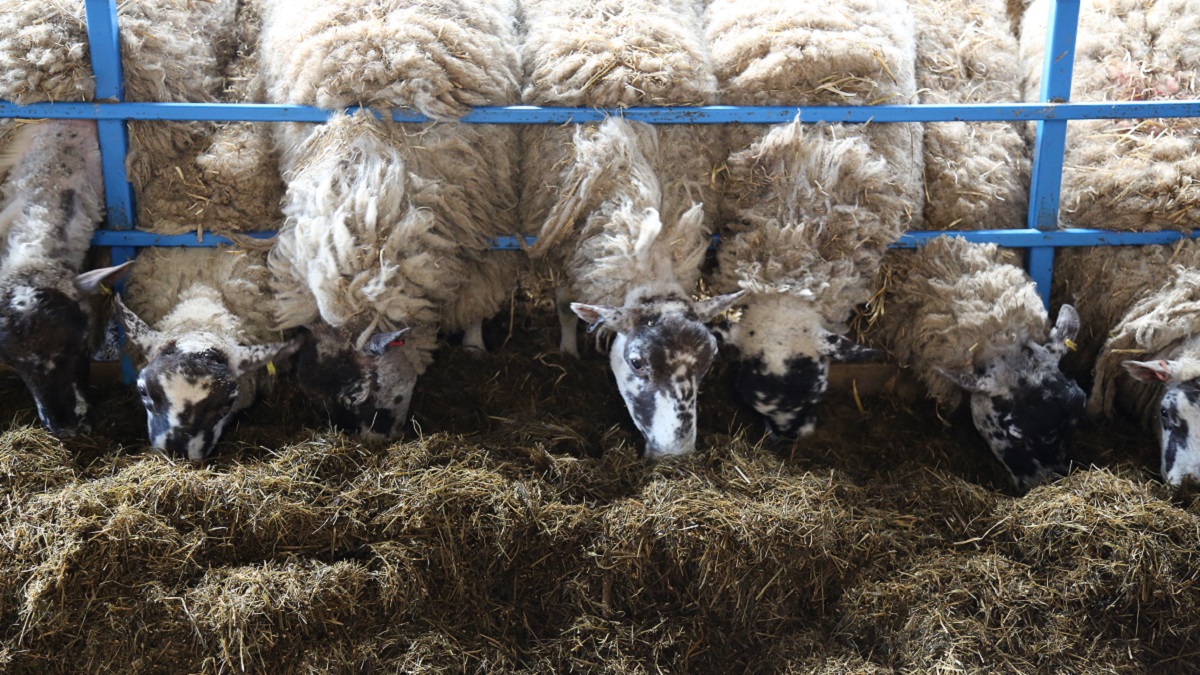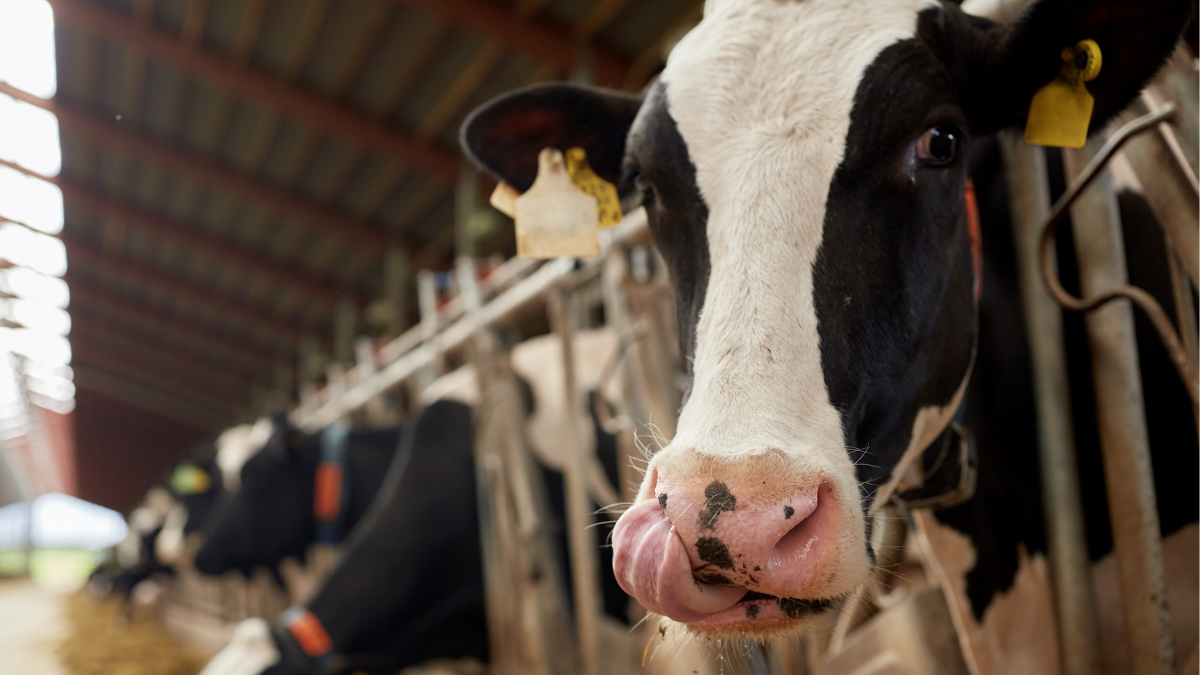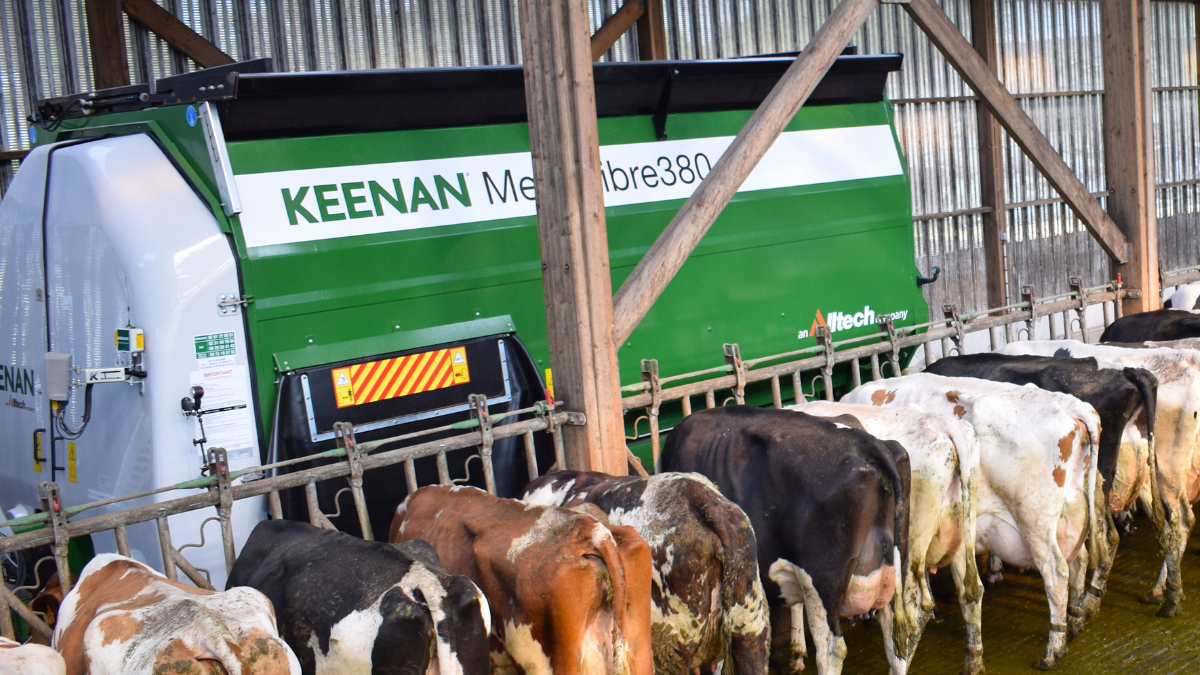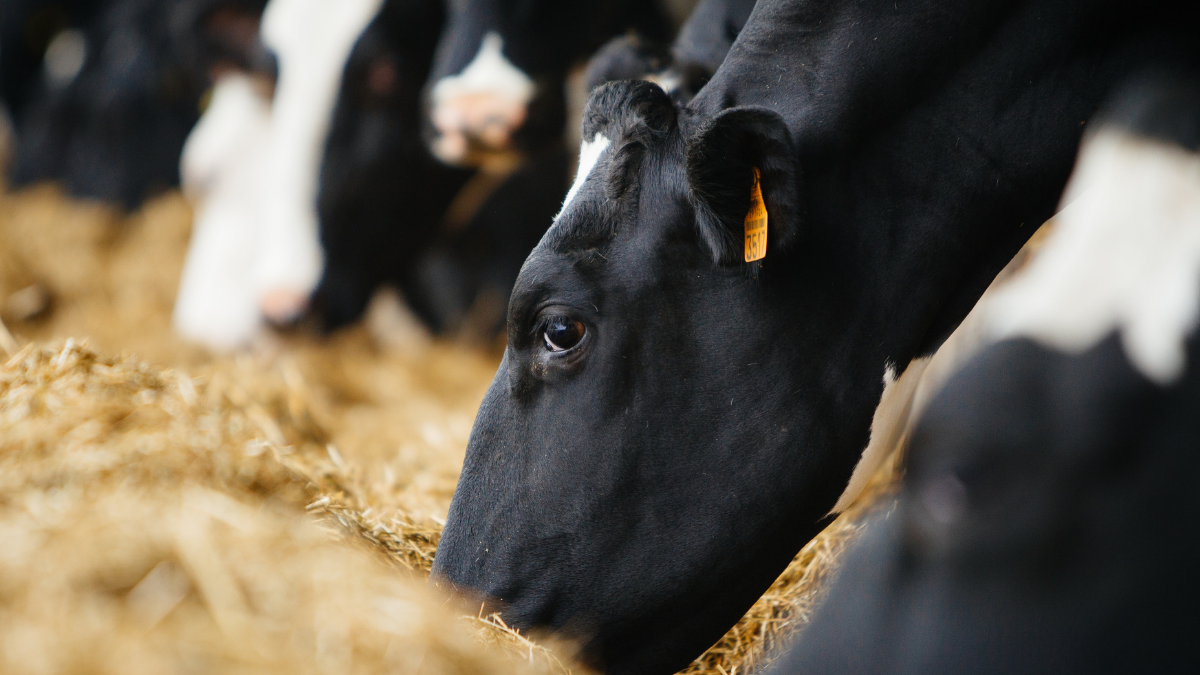Overall digestibility of feed, described as the amount of feed dry matter (DM) consumed less the amount of faecal DM, is a major determinant of overall feeding value. On high quality feeds, overall digestibility can approach 800g/kg DM consumed, whilst on lower quality feeds it may be closer to 500g/kg DM – or possibly even less. This will impact on total energy availability to the animal (metabolisable energy, ME) but also on the overall availability of other nutrients including protein, starch, lipid and some minerals. The ruminant gastrointestinal (GI) tract comprises three major sites of digestion, namely the rumen, the small intestine and the large intestines or hindgut. The rumen is the principal site of digestion and generally accounts for at least 80% of primary digestion occurring within the whole tract. As discussed below, the rumen is the major site of fibre digestion, which relies on an active population of microbes, namely bacteria and protozoa; whilst recent research has established the presence of filamentous fungi in rumen contents.
The major end products of rumen digestion are volatile fatty acids (VFA), which are subsequently absorbed across the rumen wall and after transfer to the liver they may be metabolised or exported to peripheral tissues for subsequent metabolism. Lactic acid is by definition not a volatile fatty acid but on some rations, particularly those containing high levels of starch, levels in the rumen may increase substantially, largely due to the numbers of lactate-producing bacteria exceeding the lactate-utilising bacteria.
An additional end product of rumen metabolism is microbial biomass, which ultimately leaves the rumen via the omasum and abomasum for subsequent digestion within the intestine. It is by this route that ruminant livestock achieve the major part of their protein requirement, given that microbial biomass is rich in protein; although it does contain other nutrients such as lipids and polysaccharides. The rumen is also the site of production for two important waste metabolites. As will be noted later, methane is an obligatory by-product of rumen fermentation and may account for as much as 6-8% of total gross energy intake, depending upon the nature of the ration consumed. The principal route for methane eliminating is via eructation although limited amounts may be absorbed across the rumen wall, later to be excreted via the lungs, after being absorbed into the blood stream. The other waste product is ammonia, resulting from the degradation of dietary protein or non-protein nitrogen (NPN, e.g. urea). Both degraded amino acids and ammonia are important substrates for microbial protein synthesis, but where excessive amounts of protein (or NPN) are fed, or the supply of degraded energy and protein are not synchronised, rumen ammonia levels can increase markedly, often resulting a substantial loss of nitrogen from the GI tract.
Ammonia absorption is pH dependent, according to the relative concentrations of free ammonia (NH3) and the dissociated ammonium (NH4) ion. Absorbed ammonia or ammonium ions enter the ruminal vein and after transfer to the liver are converted into urea, which can either be recirculated via saliva to the rumen or excreted via the kidneys in the urine. The latter is generally the principal route of urea disposal although the partition between excretion and recycling will shift, especially in animals on sub-maintenance regimes where conservation of nitrogen to support rumen function is important to the long-term survival of the animal.
The rumen is also the principal site of starch digestion, for whilst most forms of starch could be digested by mammalian enzymes in the small intestines, both amylolytic (starch loving) ) bacteria and protozoa will ferment starch in the rumen, with the associated production of VFA. Any starch which is not digested in the rumen, may be digested by enzymatic digestion in the small intestines, depending upon the accessibility of the starch, with whole grains not being digested due to an inability to digest the outer seed coat. One exception will be sheep, where due to their ability to chew whole grains, significant amounts of whole grain may be fed which will be digested in the rumen or the intestines without significantly increasing the amount of undigested starch in the faeces. The principal end product of starch digestion in the small intestine is glucose and in cattle, the small intestine has the capacity to digest approximately 2kg starch/day. Above this, the quantity of starch entering the terminal ileum will increase, leading to substantial hindgut fermentation of starch.
Lipid, which may constitute as much as 5% of total ration DM is not fermented in the rumen but does undergo extensive hydrolysis with an associated production of free long chain fatty acids. As outlined below, the rumen is a highly anaerobic environment, with significant levels of hydrogen resulting principally from carbohydrate fermentation and consequently substantial hydrogenation of free long chain fatty acids may occur at this time. This can substantially change the nature of these fatty acids, with a marked reduction in the degree of unsaturation as double bonds between Carbone atoms are transformed into single bonds following the insertion of hydrogen atoms. Ultimately this will impact on the composition of ruminant milk or meat fat, with fat sources containing high levels of saturated fat being suggested to have adverse effects on human health. The small intestine is the major site of lipid absorption, where dietary lipids are absorbed, principally as free fatty acids, along with any microbial lipid (also as free fatty acids) which has been synthesised during the processes of rumen digestion, usually from the direct use of monosaccharides (sugars) derived from carbohydrate digestion (without fermentation) in the rumen.
Undoubtedly the small intestine is a major site for the digestion of microbial protein but in some situations this may be augmented by significant amounts of dietary protein that have not been digested in the rumen. Collectively, microbial protein and undergraded feed protein contribute to the animal’s total protein supply, although the composition of the amino acids which finally become available to the animal will bear limited resemblance to those which were consumed. Protein digestion in the small intestine is effected by mammalian enzymes secreted by cells within the intestinal wall, and the end products of that digestion are subsequently absorbed across the intestines, before entering the portal vein for onward transfer to the liver. Whilst free amino acids are the principal end products of protein digestion in the small intestine, there is evidence of limited amounts of short chain peptides being absorbed as well.
The large intestine, consisting of the caecum and the colon which are located posterior to the terminal ileum, has no pre-defined role and is generally considered to be a site of compensatory digestion in those situations where digestion in anterior parts of the GI tract may have been compromised. In most situations large intestinal digestion does not account for more than 10% of total digestion in the whole GI tract, compared with approximately 60% in the rumen anterior to the duodenum, and 30% between the duodenum and the terminal ileum. These estimates contrast with the earlier suggestion that the rumen is responsible for at least 80% of primary digestion, as the small intestine is a major site for the digestion of protein previously synthesised as microbial protein in the rumen, together with possible contributions of microbial polysaccharides (starch) and lipids also synthesised in the rumen.
Limited digestion of any dietary fibre which has not been digested in the rumen may occur within the large intestines, especially the caecum, which has a small resident population of microbes, similar but not identical to those found in the rumen. Some compensatory starch digestion may also occur here, with the end products (VFA) being absorbed into the blood stream but hindgut digestion of starch is generally indicative of compromised starch digestion in the anterior parts of the GI tract and should be avoided wherever possible. Limited amounts of microbial protein may also be synthesised as a consequence of caecal fermentation, but there is no evidence that this makes any real contribution to the animal’s total protein supply.
Author: Denis Dreux

























